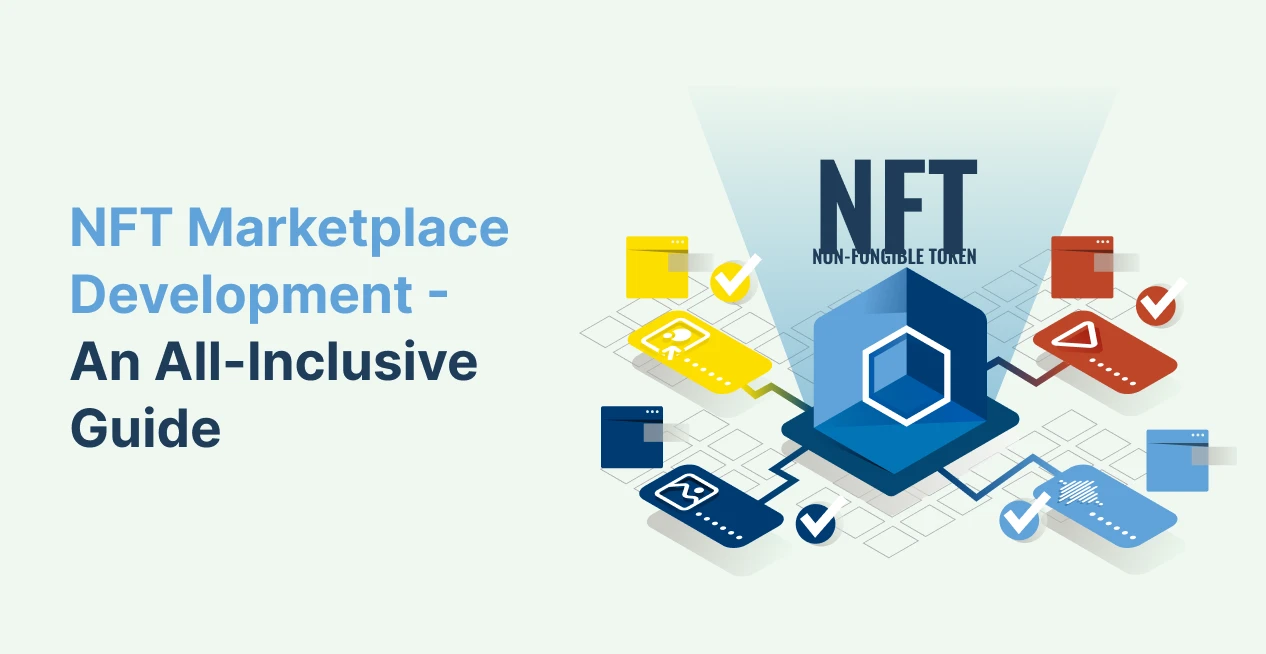What is Disciplined Agile Delivery (DAD)?
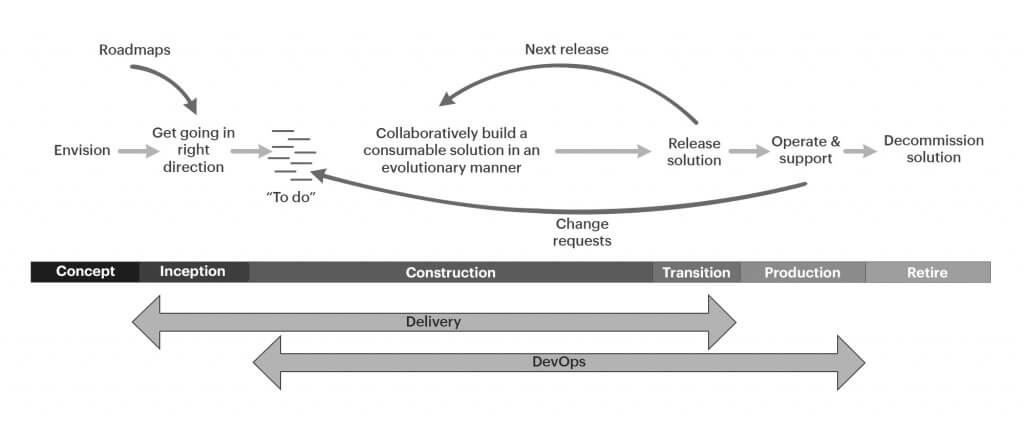
Disciplined Agile Delivery or DAD is a hybrid agile approach for IT solutions that prioritizes people and learning. Disciplined Agile Delivery works towards the goal of the enterprise and can be scaled up. DAD is being adapted more often now due to the reasons listed below:
DAD’s pragmatic approach
DAD provides a toolkit with varied choices for the customer to choose from, according to the team’s needs and concentrate on a solution that delivers the best results. DAD takes a goal-driven approach explicitly to reach the desired goals.
Disciplined Agile Delivery supports both Lean and Agile approaches
DAD supports different delivery life cycles like Scrum-based agile life cycle, Kanban-based lean life cycle, two continuous delivery life cycles, a Lean Startup-based exploratory life cycle, Program life cycle. Since the problems for different teams are different, one solution cannot be made that fits all. Teams also use combinations of more than one solution for one problem.
DAD creates the base for scaling up
The full delivery cycles and software development suggestions help to apply agile correctly. As DAD marches towards the goal, it provides accurate solutions fashioned for agile teams.
Along with software, the DAD team can also provide delivery solutions
DAD understands the hardware part of the solution along with software needs like documentation and upgradation. Thus, DAD provides software, hardware changes, better business processes, organizational changes, and supporting documentation.
DAD comes along where Scrum leaves the picture
DAD goes beyond Scrum to work on leadership, roles and responsibilities, and other essential software development nodes like architecture, design, testing, programming, documentation, deployment, and many more. Thus DAD provides a broader spectrum for agile development.
DAD is an ever-evolving process with new aspects added to its arena every day.
Disciplined Agile Delivery Roles
The roles in the DAD toolkit are incredibly versatile. There are mainly two categories of functions:
Primary Roles
These are permanent roles found in the team regardless of the scale.
The primary roles are:
- Stakeholders
- Team members
- Team lead
- Product owner
- Architecture owner
Secondary Roles
These are temporary roles that are occupied during scaling up.
The secondary roles include:
- Specialist
- Domain experts
- Technical expert
- Independent tester
- Integrator
DAD vs SAFe
- SAFe is prescriptive; therefore, the teams get less flexibility.
- Because of the top-down processes and upfront planning, a few think that it isn’t a pure form of agile.
- Adaptability is a core value of agile but flexibility is restricted due to too much process definition.
- On the other hand, it is probably the best transition from the traditional outlook, especially for big projects, because of its structured form.
- SAFe provides a structure for smoother transitions. DAD consists of four lifecycle models, thus providing le more flexibility in each type of project.
- DAD includes guidance on the tools and processes instead of giving a generalized blueprint about the problem.
Although this approach may be perfect for those who have a good understanding of agile and are flexible, it might not be easily understood by the ones who are changing from traditional models. Thus the adoption of DAD in markets is slower compared to SAFe.
Due to the lack of a specific structure, DAD implementation may specifically require coaches and consultants. It can be said that DAD and SAFe compliment each other more than they pose competition.
Scrum vs DAD
- Scrum gives the most useful strategies for the best agile teams. But it’s only a portion required to make a finished solution that can be scaled up. Disciplined Agile Delivery framework fills the gap that is caused by Scrum in Agile Delivery Solution.
- Disciplined Agile Delivery is a hybrid approach in the development of software. It extends its strategies from various Agile Frameworks such as Kanban, LeSS, Lean Development, Extreme Programming, etc.
- Contrary to how Scrum works, this is a more prescriptive approach to software development. Dad is more goal-driven and gives meaningful alternatives specifically designed for specific problems and scenarios.
- It describes and focuses on what works, what doesn’t work, and why it doesn’t work. DaD increases situations of accepting the strategies that can work with particular solutions and problems.
Disciplined Agile Delivery Life Cycles
The different Disciplined Agile Delivery life cycles are:
The Agile Life Cycle
The agile life cycle is based on the concepts of Scrum. It gives a streamlined strategy from the first to the last. The figure shows Agile lifecycle extending upto Scrum. Situations where you might be adopting this lifecycle are where you are transferring from RUP to a disciplined Agile approach.
The other important points of Agile lifecycle are:
- Its based on iteration
- Uses non-Scrum technology
- Shows inputs from outside the delivery lifecycle
- There is no product backlog but a work item list
- It has milestones
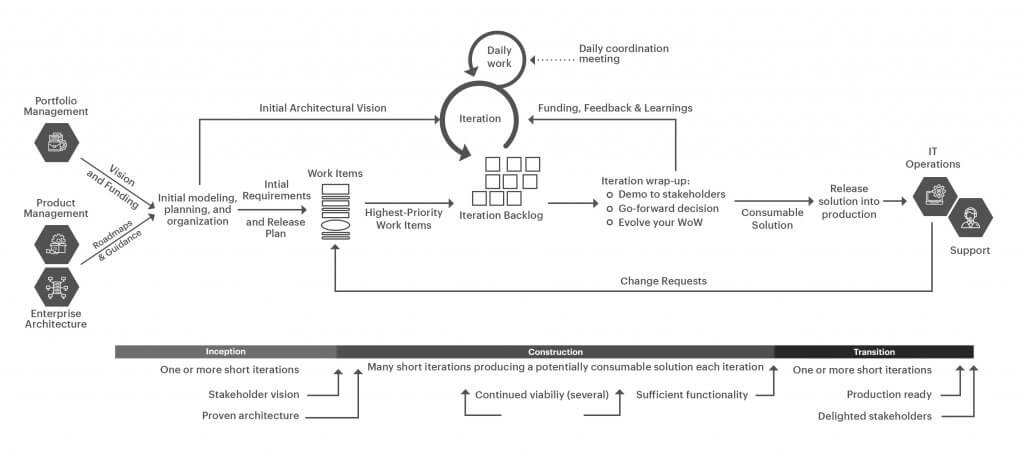
The Lean Life Cycle
The lean life cycle is based on the principles of Kanban. This life cycle depicts lean principles like minimizing the work, maximizing the flow, continuous stream of work, and reduction of bottlenecks. New work is taken from the pool of work. Scrum prescribes the use of daily coordination meetings, iteration planning time, retrospectives to be done sometimes. Lean does not prescribe but instead suggests the necessity of the same. This lifecycle is considered to be a little advanced considering the degree of discipline required.
The different features of lean life cycle are:
- Supports continuous flow of development
- Practices are on their own
- Presence of work item pool
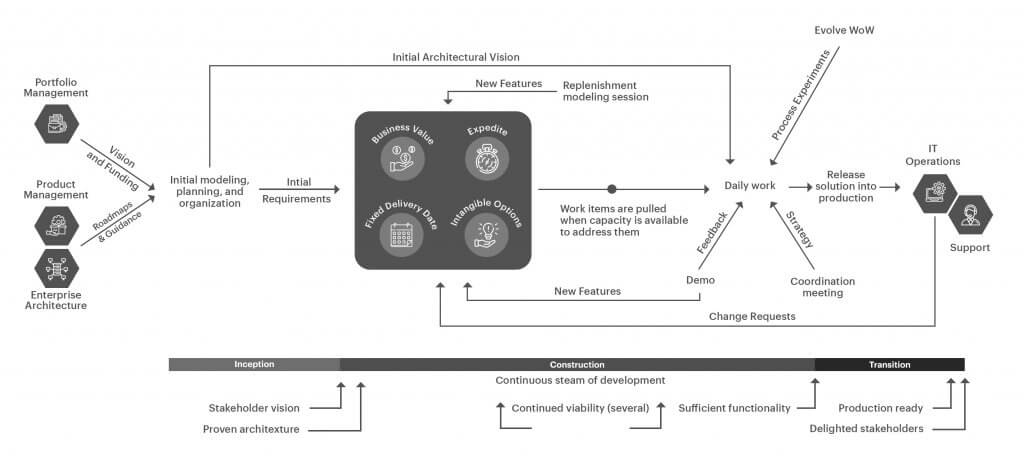
The Continuous Delivery: Agile life cycle
This is a modern agile system that has a stable team life cycle and is based on the principles of Scrum. It is a natural progression from Agile lifecycle. The evolution happens by adopting iterations with lengths of one week or less. The continuous delivery lifecycle releases new functionality at the end of each iteration. Teams need mature practices around different DevOps strategies.
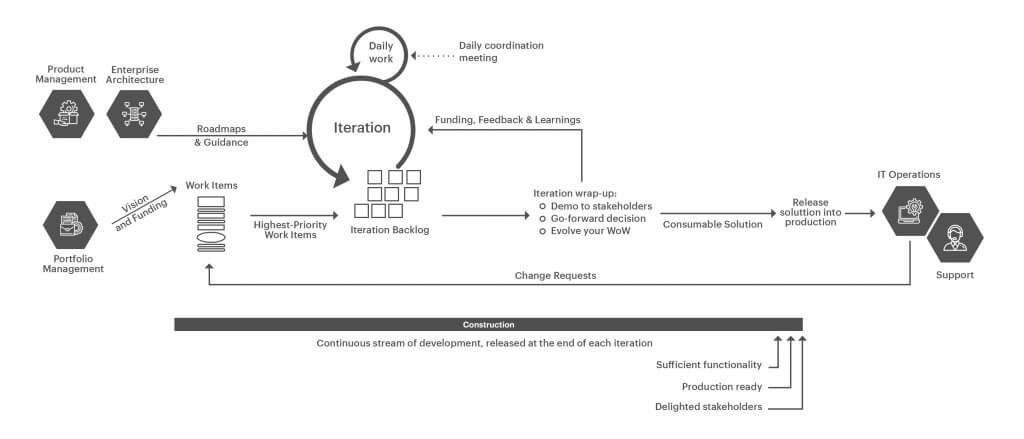
The Continuous Delivery: Lean Life Cycle
This is a modern agile system that has a stable team life cycle and is based on the principles of Kanban.it is actually a leaner form of the previous life cycle. This can however be daily, weekly or monthly.
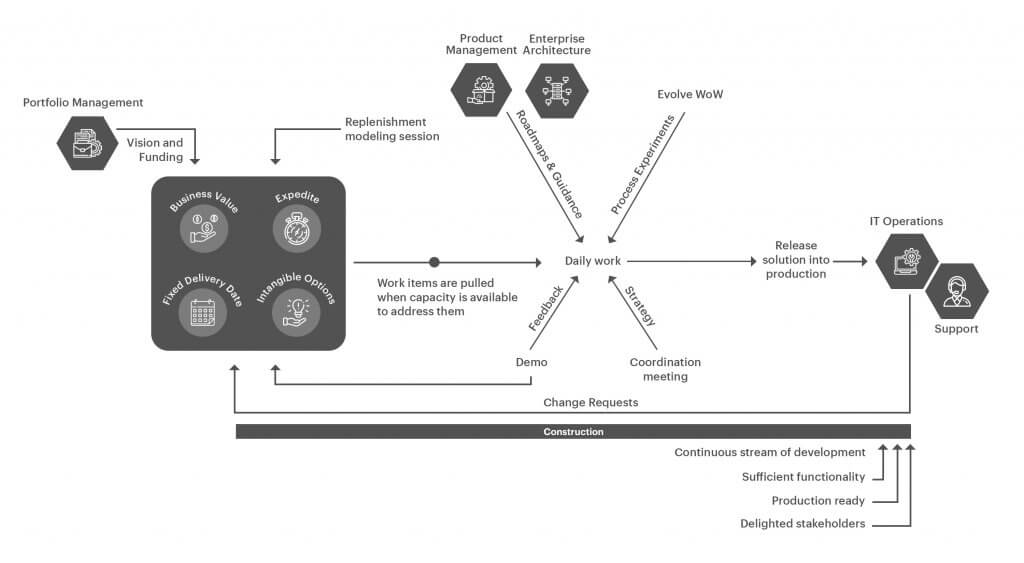
The Exploratory/ Lean Startup Life Cycle
The Exploratory or lean Startup life cycle, as the name suggests, is based on the strategies of a Lean startup. This lifecycle is followed by different agile or lean teams which are in startup or research places where the stakeholders have new product ideas but are not sure about what’s actually needed. Thus it is required for them to understand the market fast through learning experiments. This phase is almost like the inception period of other DAD lifecycles.
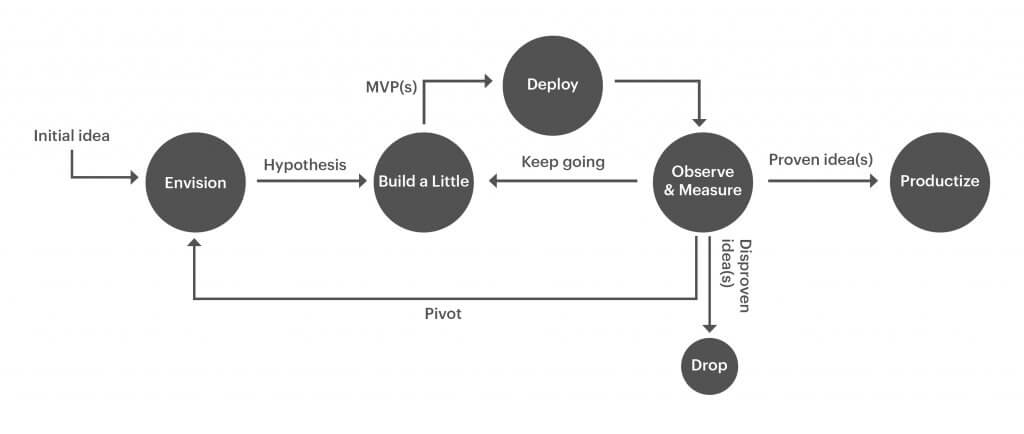
Program Life Cycle
The program life cycle is for a team of teams. It is used to organize a team of different teams. Even though not usually, large agile teams do occur. SAFe, LeSS, and Nexus address such situations.
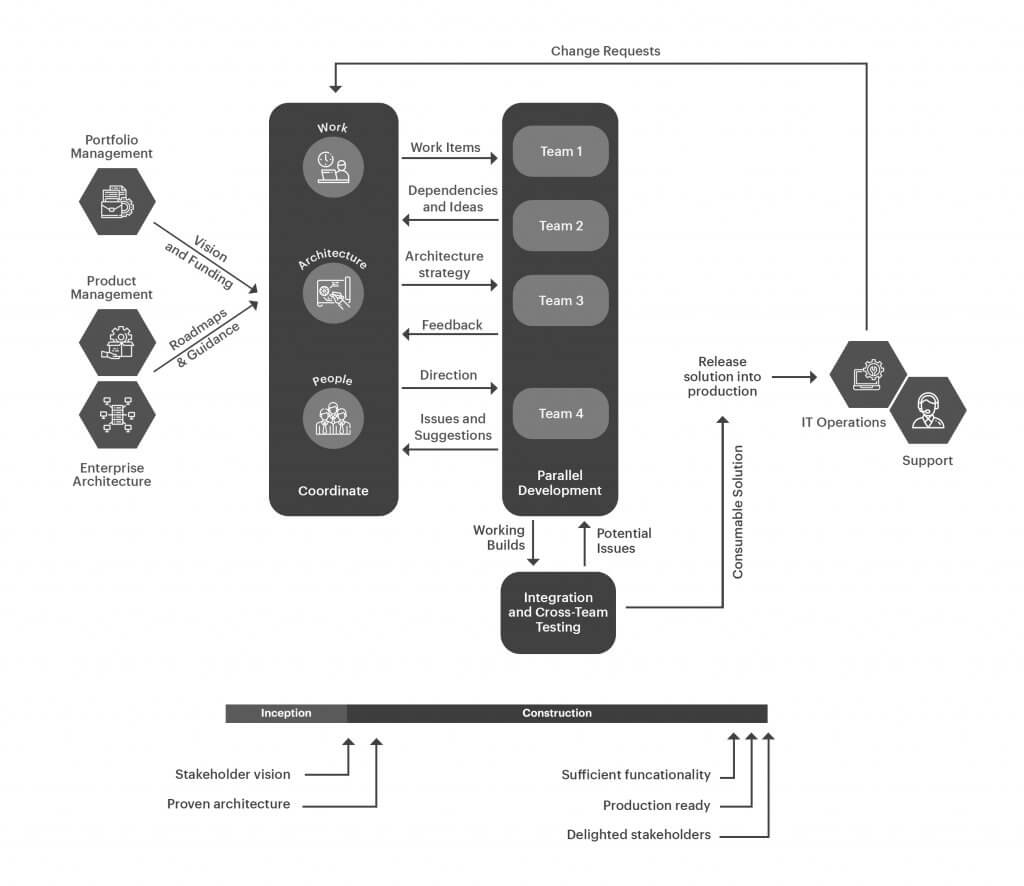
Disciplined Agile Delivery Phase
The different phases of Disciplined Agile Delivery are:
Inception
The team starts the different activities in this first phase of Disciplined Agile Delivery. Some light work regarding the future of the project to the property frame of the project is done.
Construction
In this phase, the team will come up with a solution that is consumable and is incremental. This might include iterations or via a lean, continuous approach. The team may also apply hybrid practices from Scrum, XP, Agile Modeling, Agile Data, etc.
Transition
Disciplined Agile Delivery understands that for sophisticated agile projects that delivering a solution isn’t a small job. Thus the delivery teams and the whole enterprise will streamline the delivery process. As a result of this, with time, the phases become small, and in ideal conditions, they disappear with the help of continuous deployment strategies.
Disciplined Agile Principles
The principles of Disciplined Agile Delivery are as follows:
- Delight customers
- Be awesome
- Context counts
- Be pragmatic
- Choice is good
- Optimize flow
- Organize around product/services
- Enterprise Awareness
DAD Certification
The few of the different Disciplined Agile Delivery Certifications are:
- Disciplined Agile Scrum Master Certification
- PMI Agile Certified Practitioner Certification
- Disciplined Agile Senior Scrum master Certification
- Disciplined Agile Coach Certification
- Disciplined Agile Value Stream Consultant Certification
Know more about certifications
FAQ – Disciplined Agile Delivery
The Agile Delivery Framework comprises Initiation, Planning, Execution and Release.
Discipline Agile teams are guided into selecting the way of working through straight forward process goal diagrams. Since the agile team is different this toolkit helps to design the solutions according to needs of the problem.
DSDM or Dynamic System Development Method is an Agile method that focuses on full project life cycles.







